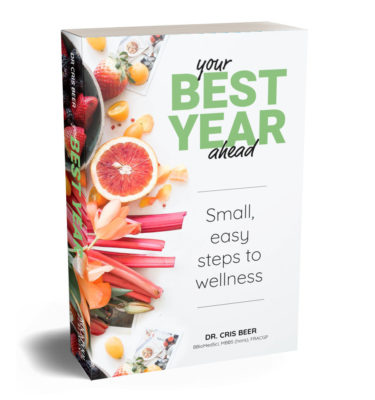Mother Nature is delightfully intuitive. In terms of nutrition, she provides what we need all year round. In fact, she is so intuitive she provides certain fruits and vegetables at particular times of the year just when we need them in higher amounts.
Now that the weather is starting to get cooler, there are different fruit and vegetables now in season. Produce can be grown on the other side of the world, picked whilst still green and then ripened artificially with ethylene gas. So what we see on the supermarket shelves is not always what we would find growing locally at that particular time of year. I am often surprised to see that no matter where I go in the world supermarket shelves are filled with produce transported to places far away from the country of origin – oranges grown in California sold in Australia and mangoes grown in Australia sold in California.
The Benefits of Eating Seasonal Food?
Locally grown vegetables and fruits are thought to be higher in vitamin and mineral content due to not being picked before they have matured and absorbing their full nutrient quota from soil. Also, the mineral and vitamin content of this produce is intended to match the needs of consumers living in the same area as the produce itself. This is a type of process in nature called symbiosis; a term I loosely define as harmony in living. Take oranges, for example, which are rich in vitamin C needed for our immune system. Oranges are principally ripe during the winter months. These are times when respiratory and other viruses are at their peak and our bodies require a greater intake of vitamin C to fight these assailants. Another example is spinach and kale, which are rich in zinc, another immune-booster in its own right. These dark, leafy vegetables are also found in winter. In summer, we require a greater intake of water, natural sugar and electrolytes, which are principally found in summer fruits such as watermelon, grapes, cantaloupe, mangoes, and pineapple. This is also the case with salad vegetables with their high water content, making them the perfect summer-meal companion.
Not only is eating seasonally better for your health and the health of the environment (due to a reduction in transportation greenhouse emissions), but it supports local farmers and often is cheaper as a result. Compare, for instance, the cost of produce on your supermarket shelves that is out of season, which often has been transported from across the world, refrigerated and stored only partially ripened so that it is abundantly available when in season. The cost for storage and transportation is quite high compared with fruit and vegetables from your local farmer’s market, where the produce is often fresher and richer in flavour, not to mention rich in vitamins and minerals.
To buy seasonally, however, requires a shift in our thinking that the same produce should not be available all year long. Our recipes need to adapt as produce availability changes. For a list of seasonal recipes visit Better Health Channel. It is actually quite a treat to look forward to the taste of the new fruits and vegetables available in the next season, much like grandma would have experienced. I recall a Russian patient of mine who grew up in times where food was scarce tell the story of how much the children in her town were delighted to see the fruit truck arrive with fresh oranges in winter. This was looked forward to more than chocolate or other treats.
So How Do You Eat Seasonally?
Firstly, look for farmers’ markets in your local area. These aren’t hard to find and are usually listed in the local newspaper. If you are unable to find a farmer’s market, choose to purchase mainly seasonal produce at your supermarket, which is often the produce that is the cheapest and is usually on special. A list of seasonal produce available in Australia can also be found in the appendices or by referring to Finally, and this is the cherry on the top, attempt to purchase organic fruits and vegetables. These are grown without harmful chemicals and pesticides and are cultivated in soils rich in nutrients that the produce, and in turn our bodies, require. Commercially cultivated produce has been shown to be grown in poorer soil quality. Whilst of course this depends on your budget, I certainly feel that it would be a wise investment. Even choosing to purchase organic fruits and vegetables that do not contain a thick peel is a great start e.g. spinach, lettuce, tomato, broccoli, cabbage etc. At least with produce that has a thick peel you can reduce the chemical and pesticide load in your body by throwing out the peel e.g. bananas, oranges, and watermelon.
With all that said, I think if we would attempt to purchase seasonal produce a little more often and support our local farmers we would undoubtedly make Mother Nature proud. Ultimately, this is living the way things were intended.
#healthyhabits #healthyliver
Dr Cris
Holistic Medical Doctor, Author ‘Healthy Habits, 52 Ways to Better Health‘ and Healthy Liver



